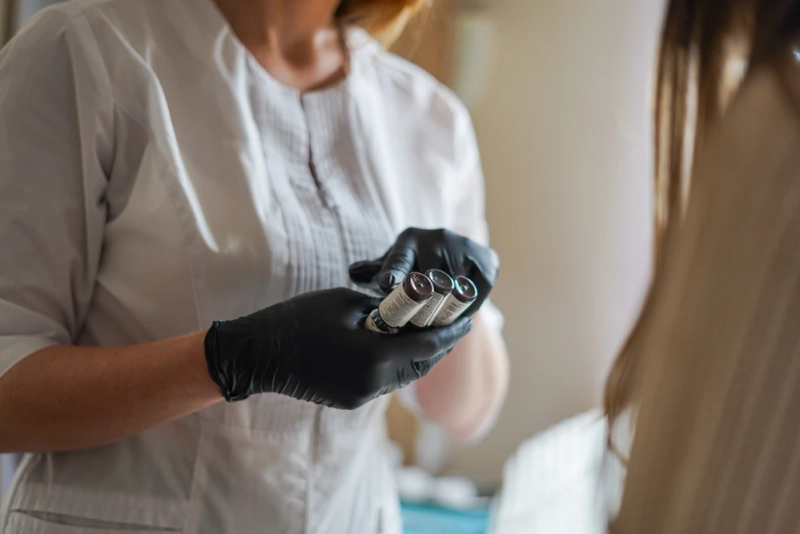It is critical for permanent makeup artists to be completely aware of the risks associated with their techniques and to comprehend the precautions that must be followed to avoid infection. Everything that will come into contact with the client during the procedure must be carefully covered with disposable single-use barrier film (a clear or blue heavy-duty sheet of plastic with a sticky back that adheres to light fixtures and the tattoo machine), hygienic materials, from the cart to the disinfectant.
Used needles or cartridges should never be retained for a client's subsequent appointment; they contain bodily fluids and bacteria and should be discarded immediately following the operation. The client will be informed of all sterilisation assurances, hazards, and pre and post-treatment hygiene practices.
[caption class="snax-figure" align="aligncenter" width="1140"][/caption]
Preparation of the Skin
The pigmented area must be hygienically prepared prior to applying permanent makeup. The first step is to thoroughly clean the region to ensure that all makeup, cosmetics, and microorganisms are removed. Cosmetic Surgeons must ensure that the client's skin is clean and free of infection (rashes, pus, swelling, or redness), as well as any sores, wounds, or rashes on or near the treated region.
If shaving the area to be tattooed is necessary, use a new single-use razor or sterile tweezers for each client. Professionals disinfect with specialised medical-grade products. Prior to doing a permanent makeup process, it is critical to cleanse the area with an antiseptic and clean disposable cloth or cotton round.
Protective Equipment for Individuals
Due to the risk of infection, the professional permanent makeup surgeons must put on the proper personal protective equipment prior to setting up the treatment area and performing the procedure. Before and after each procedure, there is a proper sequence for putting on and taking off each piece of protective equipment.
Gloves, a mask, a cap, and a clean shirt are all recommended protective equipment. While performing tattoo operations, professionals should always wear disposable, single-use sterile medical exam gloves and carefully wash their hands both before and after wearing such gloves. The artist must avoid touching their eyes, nose, mouth, or any other part of their body with gloved hands, as well as their cell phone, during the operation.
The following fundamental standards must be followed by anyone who work in facilities that provide tattooing services:
• The work environment must be kept clean and sanitary at all times.
• Needles and other instruments used to puncture the skin must be sterile.
• Permanent makeup tattoo artists and their attire must be hygienic. No cuts, infections, rashes, or skin wounds may be exposed.
• Needles and other things that have come into contact with blood or bodily fluids must be disposed of properly.


